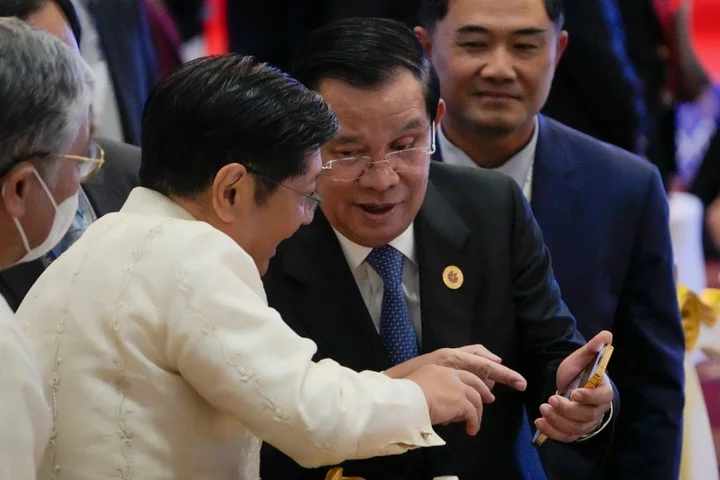
Cambodian leader Hun Sen, a huge Facebook fan, says he is jumping ship to Telegram
Cambodian Prime Minister Hun Sen, a devoted and very active user of Facebook — on which he has posted everything from photos of his grandchildren to threats against his political enemies — said Wednesday that he will no longer upload to the platform and will instead depend on the Telegram app to get his message across. Telegram is a popular messaging app that also has a blogging tool called “channels.” In Russia and some of the neighboring countries, it is actively used both by government officials and opposition activists for communicating with mass audiences. Telegram played an important role in coordinating unprecedented anti-government protests in Belarus in 2020, and currently serves as a major source of news about Russia’s war in Ukraine. The 70-year-old year Hun Sen is listed as having 14 million Facebook followers, though critics have suggested a large number are merely “ghost” accounts purchased in bulk from so-called “click farms,” an assertion the long-serving prime minister has repeatedly denied. The Facebook accounts of Joe Biden and Donald Trump by comparison boast 11 million and 34 million followers, respectively, though the United States has about 20 times the population of Cambodia. Hun Sen officially launched his Facebook page on Sept. 20, 2015, after his fierce political rival, opposition leader Sam Rainsy, effectively demonstrated how it could be used to mobilize support. Hun Sen is noted as a canny and sometimes ruthless politician, and has since then managed to drive his rival into exile and neutralize all his challengers, even though Cambodia is a nominally democratic state. Hun Sen said he is giving up Facebook for Telegram because he believes the latter is more effective for communicating. In a Telegram post on Wednesday he said it will be easier for him to get his message out when he is traveling in other countries that officially ban Facebook use. China, the top ally of his government, is also the biggest country with a Facebook ban. Hun Sen has 855,000 followers so far on Telegram, where he appears to have started posting in mid-May. It is also possible that Hun Sen’s social media loyalty switch has to do with controversy over remarks he posted earlier this year on Facebook that in theory could see him get at least temporarily banned from the platform. As the country’s top leader for 38 years, he has earned a reputation for heated rhetoric, and in January, speaking at a road construction ceremony, he decried opposition politicians who accused his ruling Cambodian People’s Paty of stealing votes. “There are only two options. One is to use legal means and the other is to use a stick,” the prime minister said. “Either you face legal action in court, or I rally (the Cambodian) People’s Party people for a demonstration and beat you up.” His remarks were spoken on Facebook Live and kept online as a video. Perhaps because of heightened consciousness about the power of social media to inflame and trigger violence in such countries as India and Myanmar, and because the remarks were made ahead of a general election in Cambodia this July, complaints about his words were lodged with Facebook’s parent company, Meta. Facebook’s moderators declined to recommend action against Hun Sen, judging that his position as a national leader made his remarks newsworthy and therefore not subject to punishment despite their provocative nature. However, the case was forwarded in March to Meta’s Oversight Board, a group of independent experts that is empowered to render an overriding judgment that could limit Hun Sen’s Facebook activities. They may issue a decision in the next few weeks. The case is being closely watched as an indicator of where Facebook will draw the line in countries with volatile political situations. Hun Sen said his Facebook account will remain online but he will no longer actively post to it. He urged people looking for news from him to check YouTube and his Instagram account as well as Telegram, and said he has ordered his office to establish a TikTok account to allow him to communicate with his country’s youth.. ___ Peck reported from Bangkok. Dasha Litvinova contributed from Tallinn, Estonia. Read More Ukraine war’s heaviest fight rages in east - follow live Charity boss speaks out over ‘traumatic’ encounter with royal aide Cambodian lawmakers approve changes to election law that disqualify candidates who don't vote Trump’s latest defence in the classified documents case: ‘Bravado’ Trump gives ‘bravado’ defence for secret papers tape as he sues E Jean Carroll – live
2023-06-29 00:54

Albania media guide
An overview of the media in Albania, including links to broadcasters and newspapers.
2023-06-28 23:58
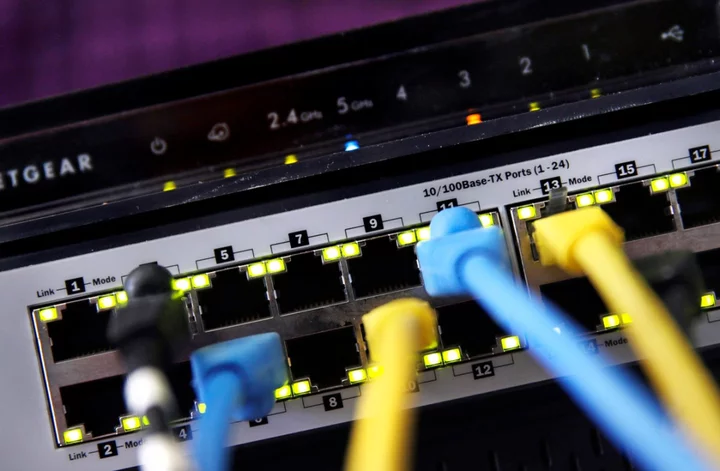
LOCALIZE IT: Biden announced billions of dollars to expand broadband. What's next?
EDITORS/NEWS DIRECTORS: The Biden Administration released details about the $42.5 billion cornerstone of its Internet for All initiative on Monday. The money, which state governments will eventually award broadband providers, has the chance to be transformative in communities with inadequate service or exorbitant costs. Funding amounts from the Broadband Equity, Access and Deployment (BEAD) program depended primarily on the number of unserved locations in each jurisdiction. Unserved locations are those that lack access to internet download speeds of at least 25 megabits per second download and upload speeds of 3 Mbps. Download speeds involve retrieving information from the internet, including streaming movies and TV. Upload speeds determine how fast information travels from a computer to the internet, like sending emails or publishing photos online. The federal government used the FCC’s National Broadband Map to identify the number of unserved locations in each jurisdiction. Before states can draw down on those funds, they must engage in a multi-step approval process with the federal government to ensure the money is deployed to the communities that need it the most. ___ AP’S LATEST COVERAGE Biden’s broadband plan aims to connect every home and business in U.S. by 2030. What’s next? High-speed internet is a necessity, President Biden says, pledging all US will have access by 2030 ___ VIEW YOUR STATE'S BEAD FUNDING ALLOTMENT AND PERCENT OF AREAS UNSERVED — The AP produced a dataset showing each state’s allotment in dollars and the percent of Broadband Serviceable Locations—homes and businesses where high-speed internet could be installed—that are estimated to be unserved, according to the latest version of the FCC National Broadband Map. ___ VIEW DETAILED BROADBAND MAPS AND FUNDING MAPS — The FCC National Broadband Map is an updating dataset that shows advertised internet speeds at the address level. Version 2 is the latest public iteration and was used to determine states’ BEAD allotments. The default view of the map shows residential service provided by all types of technology with download speeds of at least 25 Mbps and upload speeds of at least 3 Mbps. The federal government defines reliable service as that which is provided through wired or fixed wireless technologies. To view coverage provided by reliable technologies only, click the gear icon on the righthand side of the page. Under technologies, select “All Wired and Licensed Fixed Wireless.” In this menu, you can also choose to view coverage of businesses instead of residences and set different speed minimums. — Check out the FCC Broadband Funding map. This offers details on funding from some other federal broadband expansion programs. To view a breakdown of projects and funding in a given area, click the Funding Summary button (to drill down, make sure you're zoomed in to at least level 10, then click on individual hexagons for details). To view the percentage of areas unserved or unfunded, click the Location Summary button. To view maps by funding type, click on the different links below the Broadband Funding Summaries heading in the pop-up box. ___ VIEW OTHER RESOURCES — The National Telecommunications and Information Administration (NTIA) is administering the BEAD program. It is keeping track of which states have released initial proposals, which must be approved before states can begin the grant making process. Initial proposals are due by the end of the year and can be submitted in two volumes. On this page are also links to 5-year-plans, which lay out how states hope to achieve universal connectivity, and digital equity plans, covering how states aim to equip individuals with the skills and devices necessary to leverage internet access. You can sign up to receive email updates when new proposals and plans are released. States with initial proposals released: Louisiana (volume 1) Virginia (volume 1) States with 5-year plans released: Hawaii Maine Montana Ohio Utah Draft Digital Equity Plans: Louisiana Maine Montana Utah — Nonprofits, internet service providers and local and Tribal governments will eventually have the opportunity to assess their state’s determinations of which locations are eligible for funding and challenge those decisions. The NTIA has published draft guidance for how those challenge processes will run, and final guidance is expected soon. ___ QUESTIONS/REPORTING THREADS — What is your state’s allotment from BEAD? How have state and local officials reacted to this amount? Do they believe it will be enough to connect people who are still without access to reliable internet? — Which counties in your state are the most digitally distressed? Are there any demographic or socioeconomic similarities between these areas? Are they geographically consolidated or spread throughout the state? Do any counties with poor connectivity border counties that have good internet access? — Are there any topographic or climatic challenges, such as mountains and year-round cold weather, to laying down fiber in your state? How do state officials plan to overcome these challenges? Are there any remote counties or towns? — What is the landscape of existing broadband aid in your state? Broadband expansion projects from other federal programs, including the USDA’s ReConnect program and the American Rescue Plan, are ongoing. Additionally, states run their own grant programs aimed at closing the digital divide. How are these projects going? How have completed projects affected the lives of people in that area? How do these existing projects work with your state's plans to use BEAD funding? ___ READ ADDITIONAL AP COVERAGE $930 million in grants announced in Biden’s effort to expand internet access to every home in the US States contend with short timeline to correct broadband map ___ Localize It is an occasional feature produced by The Associated Press for its customers’ use. Questions can be directed to Katie Oyan at koyan@ap.org. Read More Ukraine war’s heaviest fight rages in east - follow live Charity boss speaks out over ‘traumatic’ encounter with royal aide UN urges Israel and Palestinians to halt West Bank violence in statement backed by US and Russia EPA retreats on Louisiana investigations that alleged Blacks lived amid higher cancer risk US push to lower wildfire risk across the West stumbles in places
2023-06-28 23:50
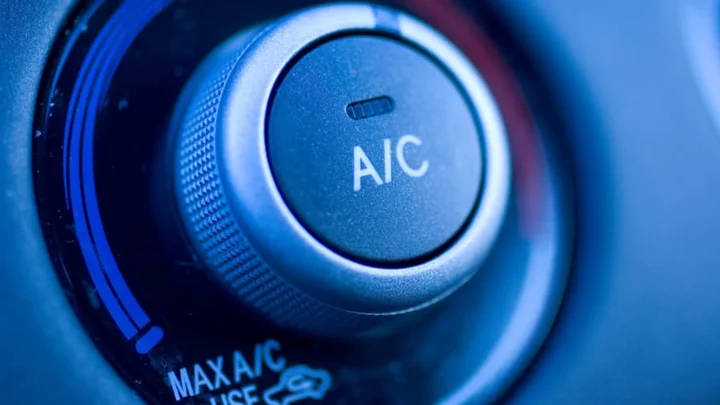
Some Cool Tips to Cope With a Hot Car
It’s summer and cars have become ovens. But you don’t need to suffer.
2023-06-28 22:16
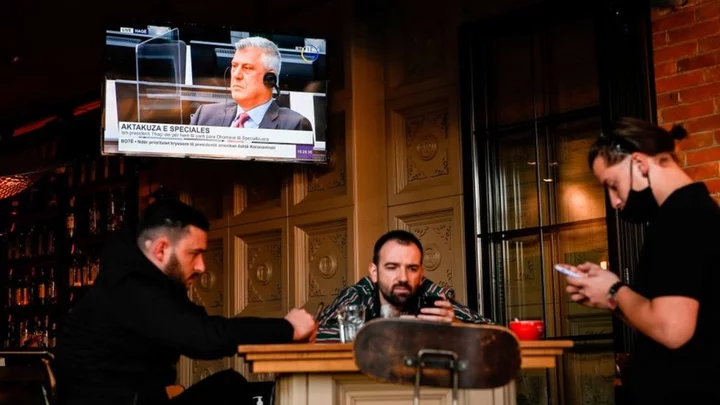
Kosovo media guide
An overview of the media in Kosovo, including links to broadcasters and newspapers.
2023-06-28 21:26
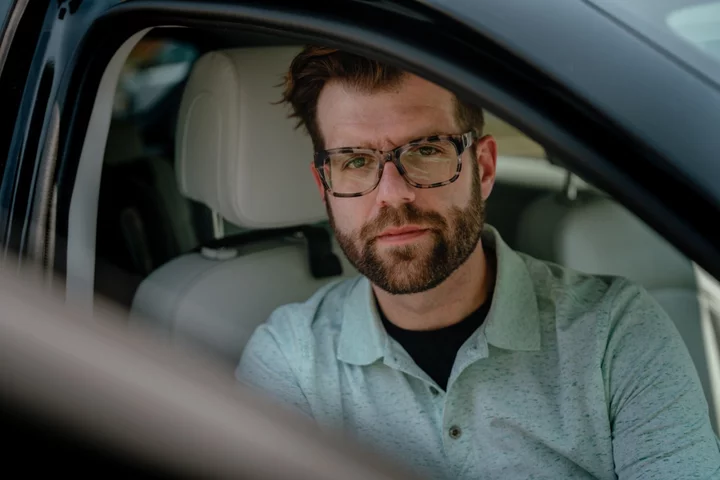
Planning an EV Road Trip? Good Luck Finding a Hotel With a Charger
The journey is no longer the major pain point for electric car drivers embarking on the great American
2023-06-28 20:46

Linguistic Siblings: 9 Pairs of Words With Surprisingly Shared Etymologies
The connections between words aren’t always as straightforward as the link between run and runner; often, figuring them out requires the subtle unraveling of linguistic evolution, the kind of detective work that makes etymology so fascinating.
2023-06-28 20:25
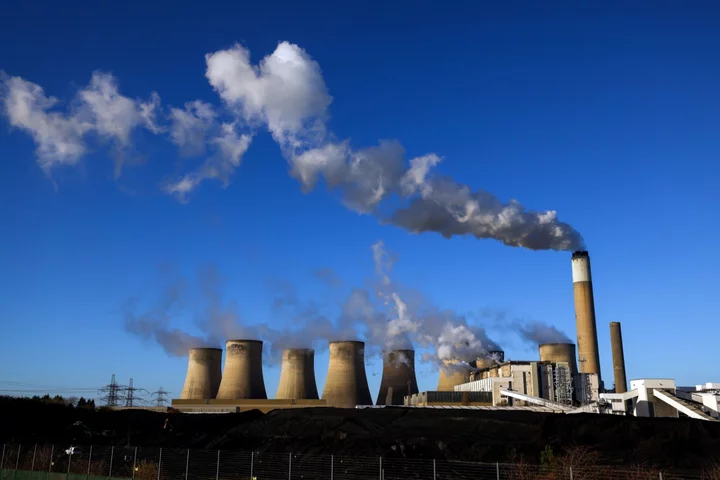
UK to Have Less Coal Power This Winter as Plants Start Closing
The UK is set to have less coal-fired electricity available this winter as two operators have started to
2023-06-28 19:29

UK Property Market Now Comes With a Green Premium
In London, climate change is increasingly reflected in how much it costs to buy or rent real estate.
2023-06-28 18:45

Nestle Puts KitKat Carbon Neutrality in Greenwashing Graveyard
Nestle SA has abandoned pledges to make major brands including KitKat and Perrier carbon neutral, joining a nascent
2023-06-28 17:18
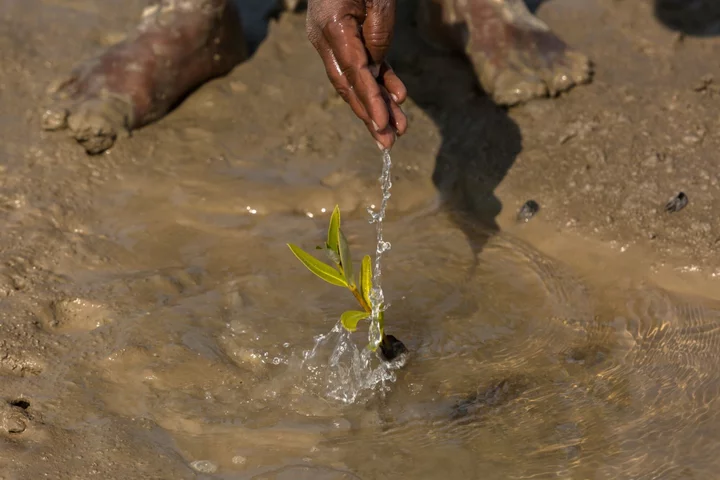
AstraZeneca to Fight Deforestation With 200 Million Trees: The London Rush
AstraZeneca is putting its money where its mouth is when it comes to fighting climate change and biodiversity
2023-06-28 15:56

Why Won’t Companies Use This Quick Fix to Reduce Cow Methane Emissions?
Peter Hynes brimmed with impatience last winter as he mixed an off-white powder the consistency of flour into
2023-06-28 14:59
